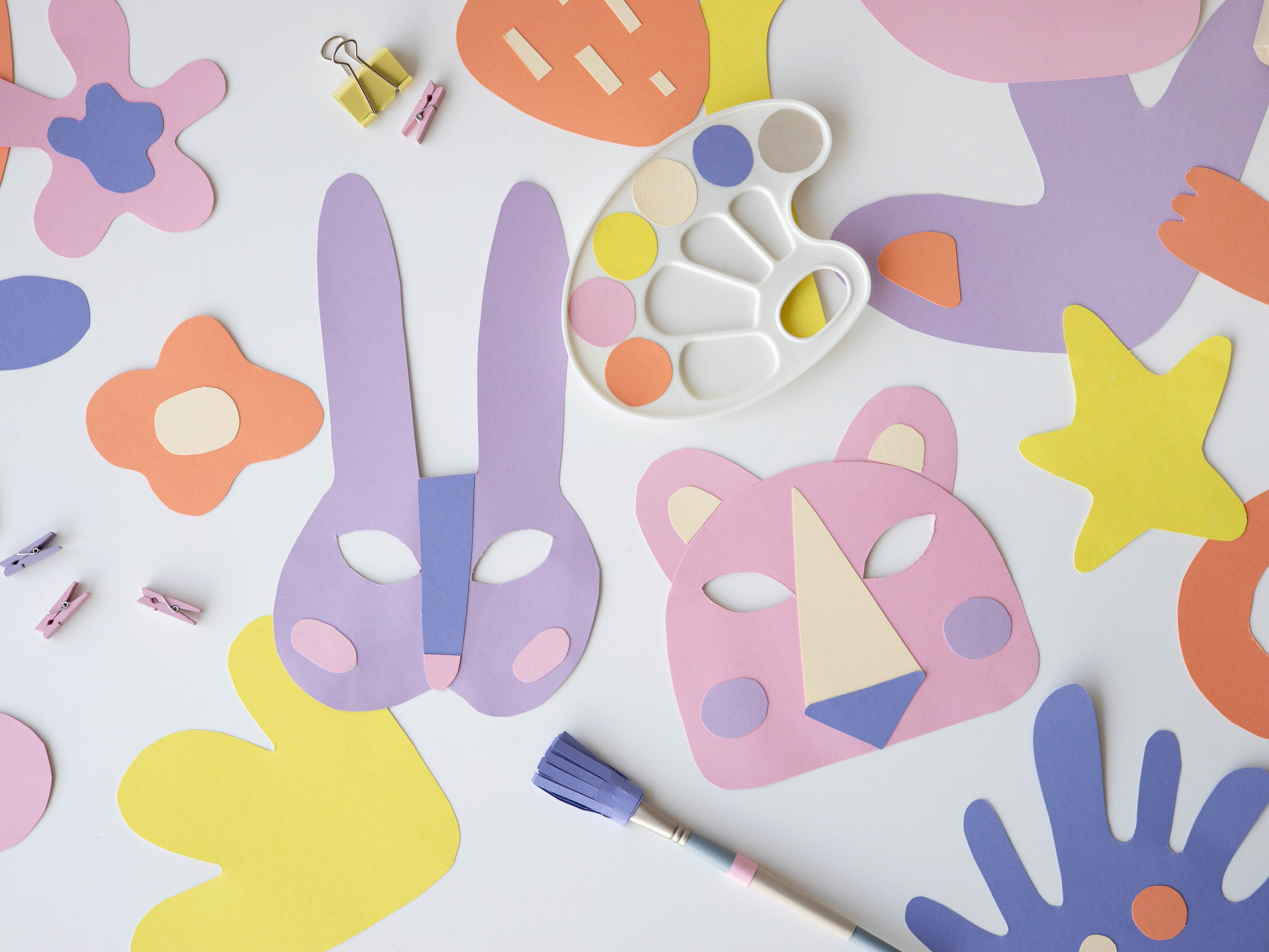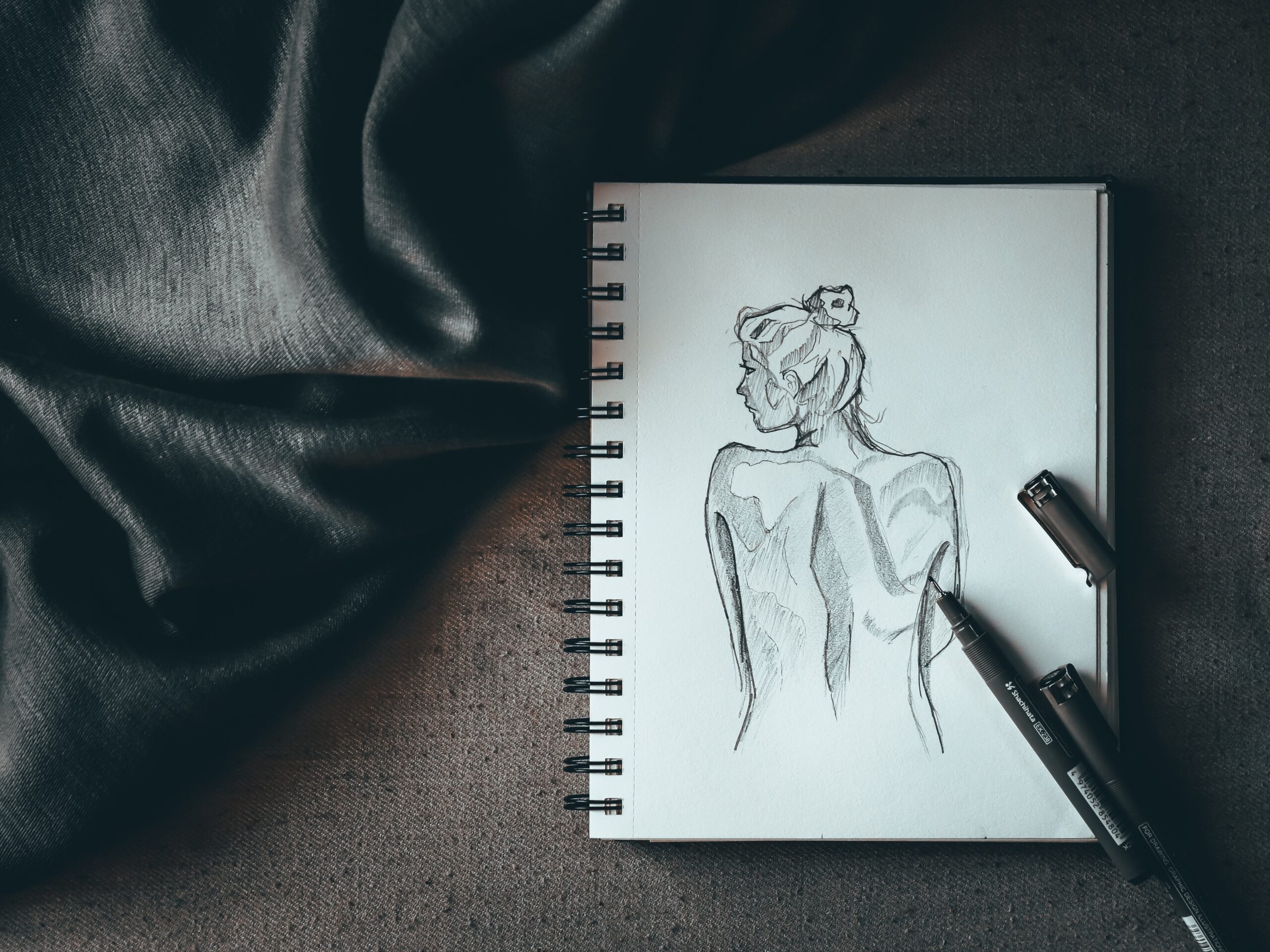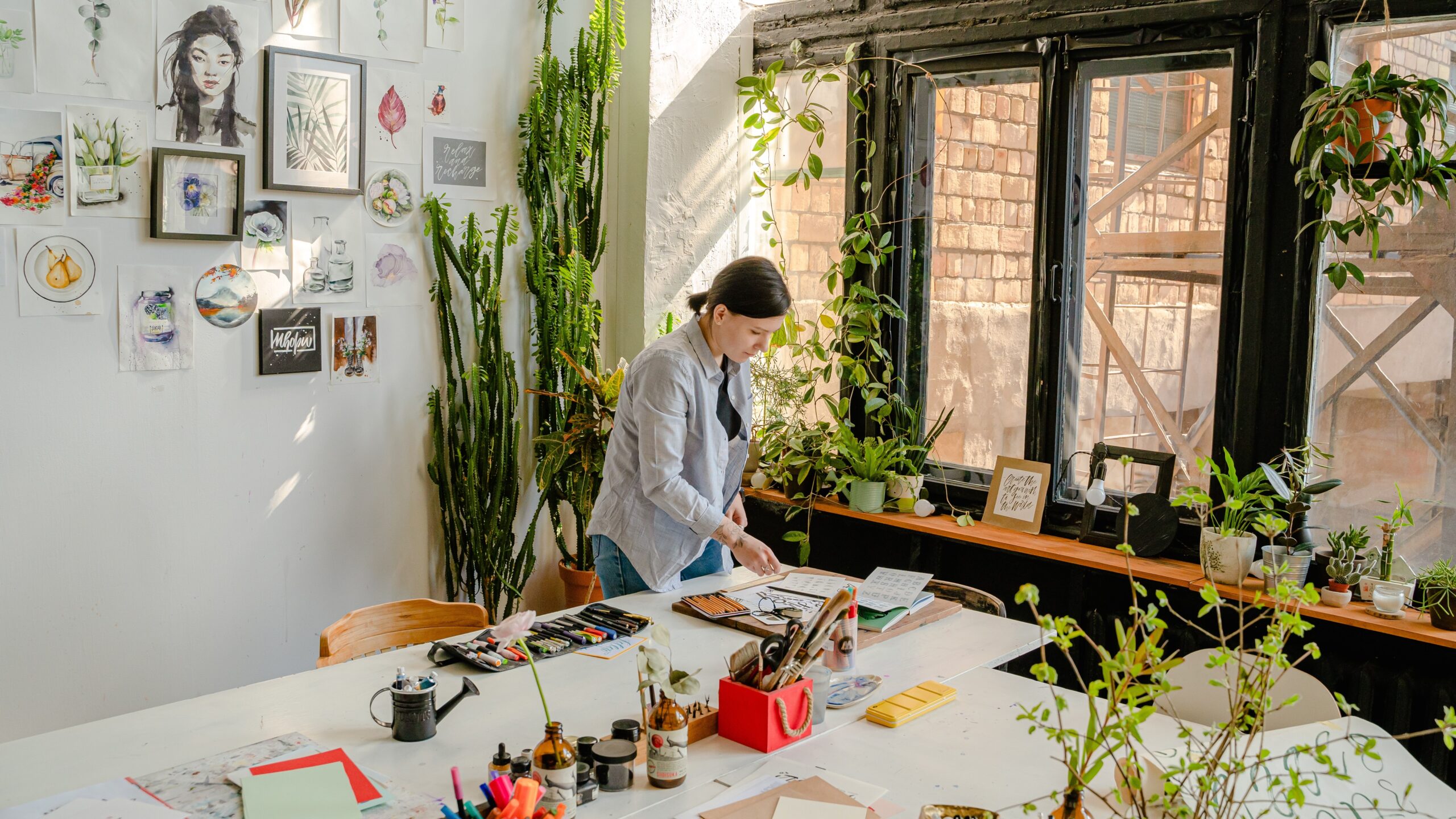Table of Contents
How to Draw Your Dreams into Reality
How to Draw, Drawing is a form of artistic expression that allows us to visually communicate our thoughts, ideas, and emotions. Whether you’re a seasoned artist or someone just starting on their creative journey, learning how to draw can be both enjoyable and rewarding. This guide will take you through the fundamental steps of drawing, helping you unlock your artistic potential.
Step 1: Gather Your Materials
Before you begin, gather the necessary materials. These can include pencils (graphite or charcoal), erasers, paper, and optional tools like colored pencils or markers. The choice of materials can influence the style and outcome of your drawing, so select what suits your preferences.

Step 2: Start with Basic Shapes
Beginners often find it helpful to start with basic shapes. These simple forms serve as the building blocks for more complex drawings. Circles, squares, triangles, and ovals can help you establish proportions and create a solid foundation for your artwork.

Step 3: Understand Proportions
Understanding proportions is crucial to creating realistic drawings. Pay attention to the size relationships between different elements in your subject. Techniques such as measuring and comparing can aid in achieving accurate proportions.
Step 4: Outlining and Contouring
Once you have a rough idea of proportions, start outlining your subject. Focus on the contours—the outer edges that define its shape. Avoid excessive detailing at this stage; instead, aim for a basic representation.

Step 5: Add Details and Texture
As you progress, begin adding finer details to your drawing. This is where your subject starts to take on a more recognizable form. Pay attention to textures and patterns, and use light strokes to suggest these features.
Step 6: Shading and Value
Shading adds depth and dimension to your drawing. Understand how light falls on your subject and use shading techniques to create highlights, midtones, and shadows. This adds a three-dimensional quality to your artwork.

Step 7: Experiment with Different Techniques
Drawing offers a wide array of techniques to explore. Cross-hatching, stippling, blending, and smudging are just a few examples. Experimenting with these techniques can add unique textures and effects to your drawings.

Step 8: Study Perspective
Perspective is what gives your drawings a sense of depth and space. Learn about one-point, two-point, and three-point perspective to create realistic scenes and environments.
Step 9: Learn from Observation
Observational drawing is a powerful skill. Study objects, people, and scenes from life, paying attention to details and nuances. This practice enhances your ability to capture realistic representations.
Step 10: Practice, Patience, and Perseverance
Becoming a skilled artist takes time and practice. Don’t be discouraged by initial challenges. Regular practice hones your skills and helps you develop your unique style. Be patient and persistent, as every stroke you make contributes to your growth.
Step 11: Seek Feedback and Learn
Share your creations with those around you, be it friends, family, or digital groups. Valuable feedback sheds light on areas for enhancement. Growth is an ongoing journey, and embracing feedback fine-tunes your skills.

Step 12: Embrace Your Style
While learning the fundamentals is important, don’t forget to develop your own artistic style. Your style sets you apart and reflects your personality. Embrace your strengths and quirks to create truly original artworks.
Conclusions
In conclusion, drawing is an enriching form of self-expression that anyone can learn. By following these steps, practicing consistently, and staying open to learning, you can unlock your artistic potential and create drawings that truly resonate with you and others. So, grab your pencils, let your creativity flow, and enjoy the journey of becoming a skilled artist.

